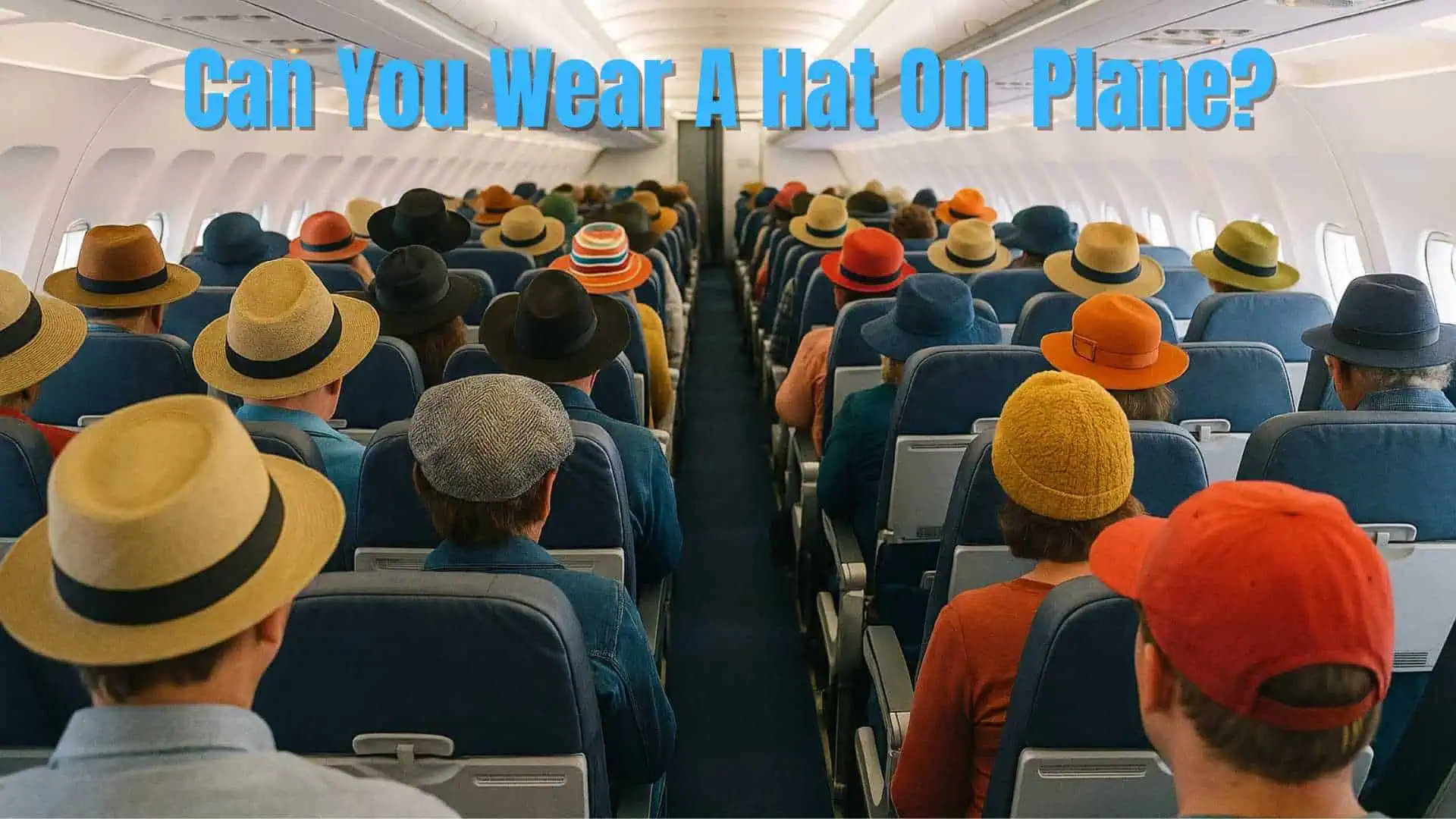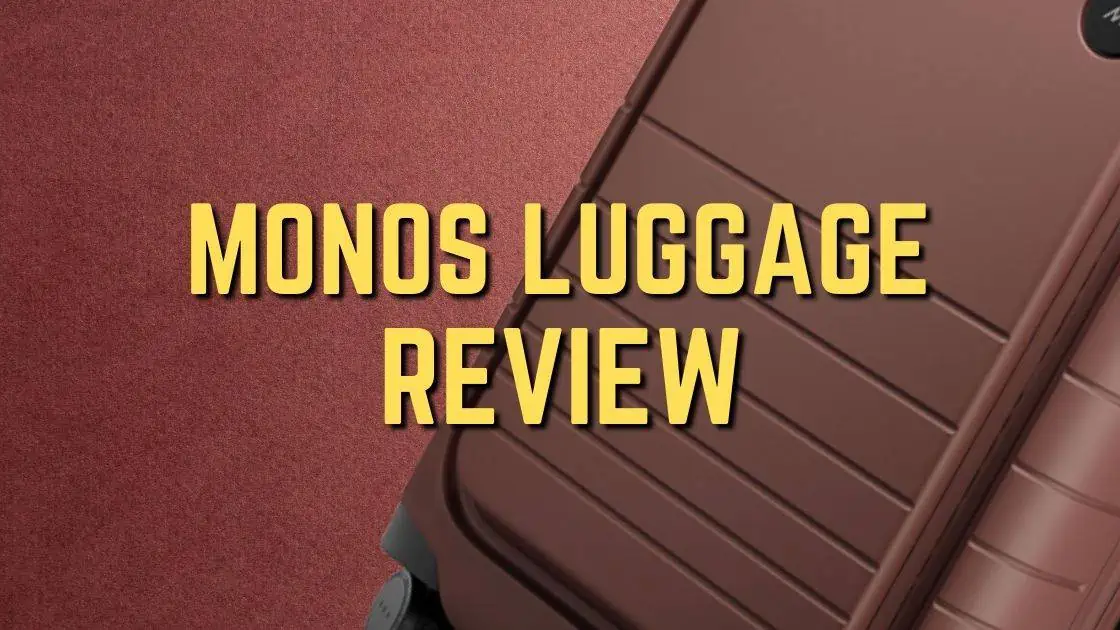Can you fly with hearing aids without any complications? This is a crucial question for travelers with hearing impairments, especially when preparing for a flight. The simple answer is yes, you can wear hearing aids through airport security and onboard an airplane.
But what about the specifics, like dealing with Bluetooth capabilities or the nuances of airport security? Well, we’ll be going over:
- Do hearing aids need to be removed at airport security checkpoints? Understanding the protocols can ease your travel experience.
- How do you manage hearing aid batteries and chargers while flying? Knowing TSA regulations and airline policies is essential.
- What are the best practices for using hearing aids during a flight? Tips for ensuring comfort and functionality throughout your journey.
Navigating air travel with hearing aids doesn’t have to be stressful. Let’s dive in and explore how you can fly comfortably and confidently with your hearing aids.

The Quick Answer: You can wear hearing aids on a plane and through airport security. If your hearing aids have a flight mode for wireless features, activate it during the flight. They won’t trigger metal detectors or be affected by X-ray scanners. Inform TSA personnel about your hearing aids for smoother screening.
Let’s look into more about traveling with hearing aids.
Contents
Can you wear hearing aids at airport security?
If you have your hearing aids on, you don’t have to take them out at the airport security checkpoints (not even for a full-body or metal detector). They won’t be detected in body scanners, and neither will they set off metal detectors.
However, it would be best to inform the TSA personnel about your hearing aids beforehand. If the device does get flagged during the screening process, you can put these through the X-ray scanner; no damage can occur.
If you’re skeptical, though, you could request for your hearing aids to be checked by hand instead.
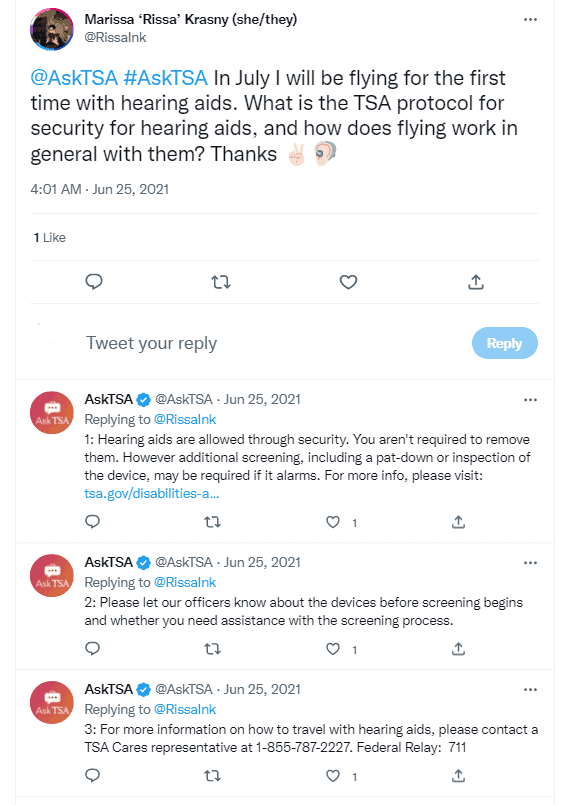
Where do I pack hearing aid batteries when flying?
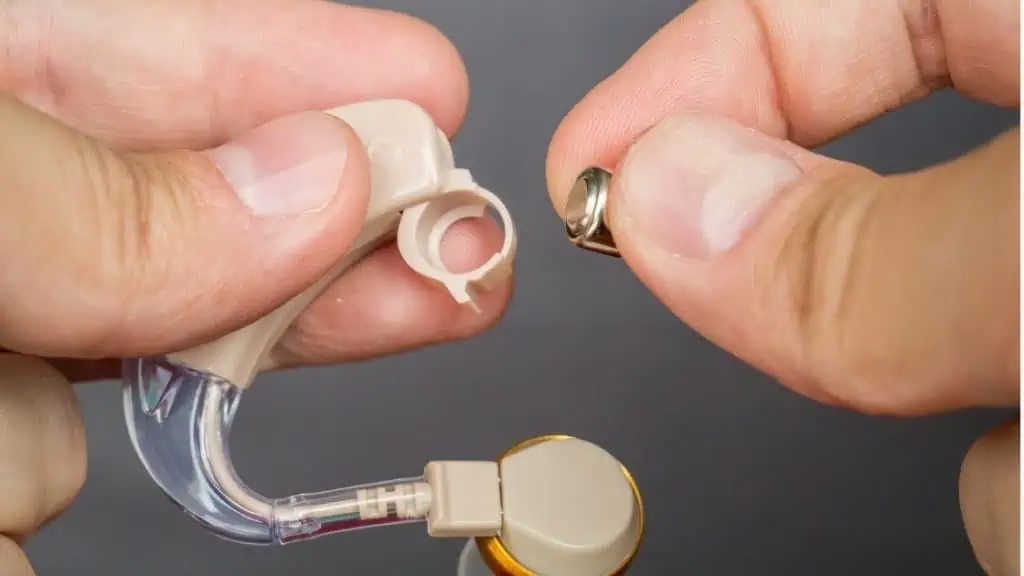
One of the essentials to pack when you travel with hearing aids is extra batteries.
According to TSA regulations, you can take hearing aid batteries in your carry-on or checked luggage. However, depending on the battery type, you may be permitted to carry spare batteries in your checked baggage.
You could always pack a spare set in your carry-on bag to be on the safer side. However, the safest bet is to contact your airline and enquire about the same.
If your hearing aids are rechargeable, pack the charger with an adapter for the local power socket if going overseas.
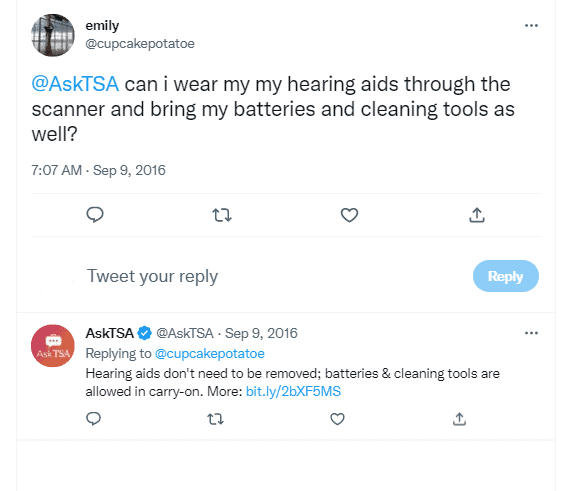
Can You Wear Hearing Aids on a Plane?
The good news is that you can wear your hearing aids on board your flight.
When flight attendants announce that you must turn off all electronic devices during landing and takeoff, this mandate doesn’t apply to hearing aids.
If you have Bluetooth-enabled hearing aids, you must put them in flight mode to avoid sending and receiving signals from your phone. Also, you must turn off Frequency Modulation (FM) listening devices.
You can use the pre-set noise reduction feature to help reduce in-flight noises, like the noise of the plane’s engines. However, you might want to have your hearing aids turned on for any in-flight announcements or to communicate with the flight staff.
There’s nothing wrong with letting flight attendants and travel companions know you have a hearing impairment.
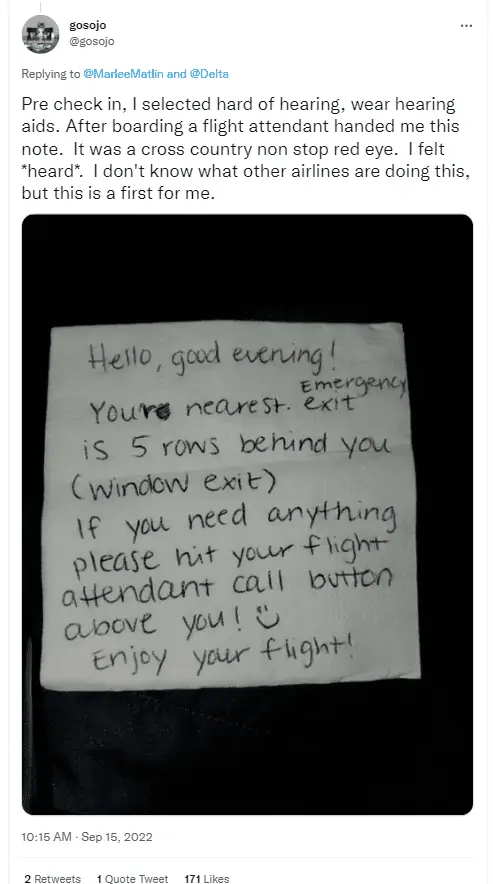
Tips for Flying With Hearing Aids

Here are some valuable tips to make your travel experience with hearing aids hassle-free:
- Visit your hearing healthcare professional to ensure your devices work fine before travel.
- With an increasing number of airports installing induction loop systems, you can switch your hearing aids to the ‘T’ or ‘telecoil’ setting (if applicable) to connect to the airport’s induction loop.
- Check with your insurer for any travel insurance coverage specific to hearing aids. It will cover any damage to your hearing aids during travel.
- Wear your hearing aids at all times in the airport and while flying for easier communication and to not miss out on any important announcements.
- Prepare a checklist and ensure you pack all the essentials like extra batteries, charging units, and cleaning supplies for your hearing aids.
- Inform the airport and inflight staff about your hearing disability, and don’t hesitate to ask for help when needed.
- Bring a suitable converter to charge your hearing aids or accessories for the country you’re traveling to.
- Ensure you know your hearing aid battery size and color; it’ll be helpful if you need to buy additional ones while traveling.
- Bring a dry aid kit for your hearing aids to clean them and keep them moisture-free if you’re going to a humid place, beach, or waterside.
- If you’re visiting a foreign country where you don’t understand the language, use maps on your phone to get around easily.
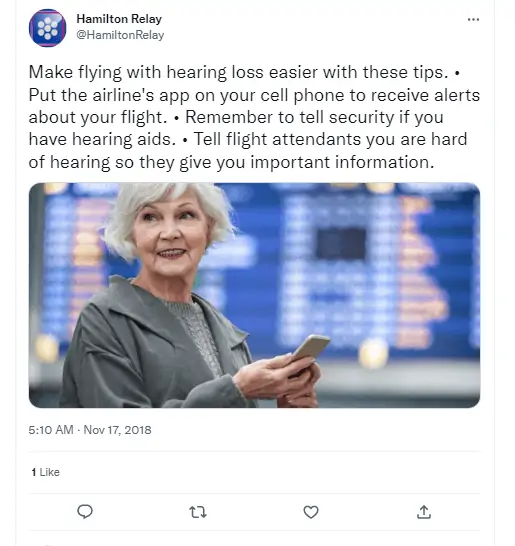
Checklist While Traveling With Hearing Aids
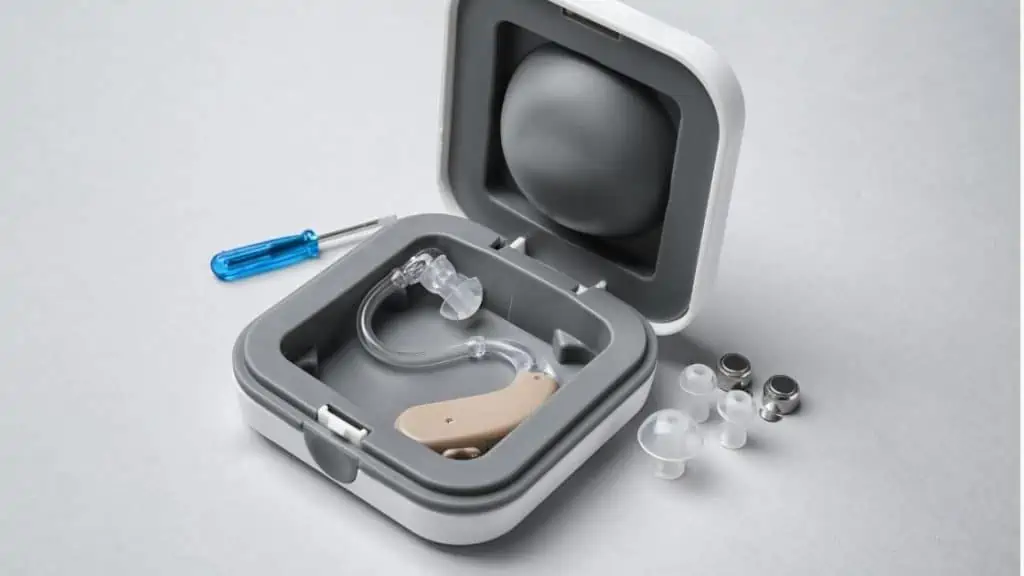
When traveling with hearing aids you must remember and pack certain accessories.
- A case to store your hearing aids if you take them off while moving.
- Spare hearing aids (if you have one)
- Extra hearing aid batteries (in your carry-on or checked luggage)
- A charger for rechargeable hearing aids
- An adaptor to use the charger in any foreign country’s power outlet
- Cleaning tools including a brush, hearing aid, wire, wax pick, and cloth.
- Equipment like a dehydrator or dehumidifier if you’ll be around water or in a hot and humid place.
- Bluetooth accessories like a remote mic, if you use these regularly. It helps in easier communication, especially in noisy and crowded environments.
Summary
If you have hearing aids, you can safely wear them through airport security, even through the detectors. On a plane, you needn’t take them out or switch them off unless they’re Bluetooth-enabled or have FM transmission.
Flying with hearing aids can make for a seamless travel experience with the proper precautions and thoughtful packing of the essentials.
Other Air Travel Articles
You can always have a hassle-free air travel experience with all the right information. Here are some of my other air travel articles to help you:
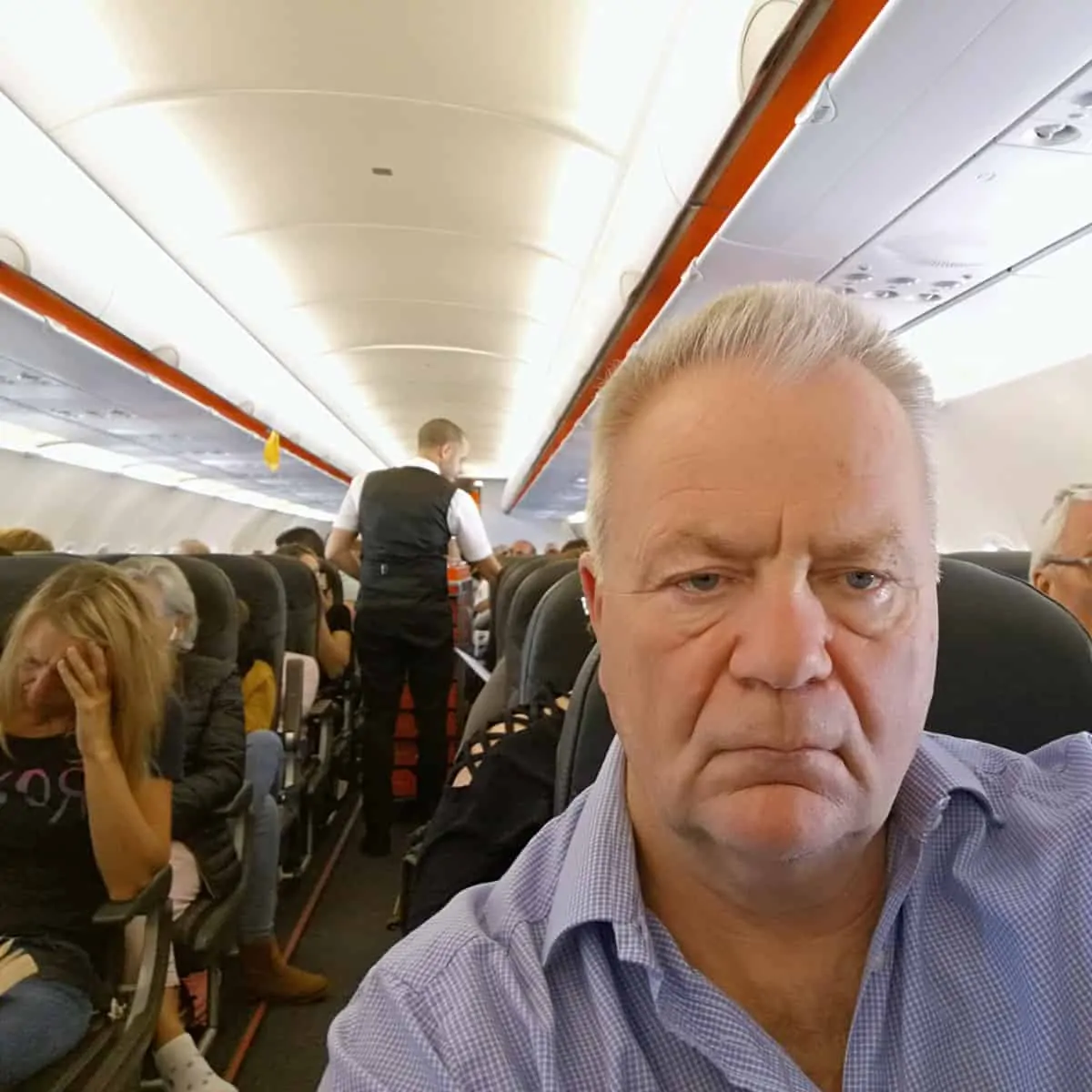
I have been traveling around the world by air since the early 70s and living overseas too. I worked for British Airways for a number of years and I am also a private pilot. About Me

